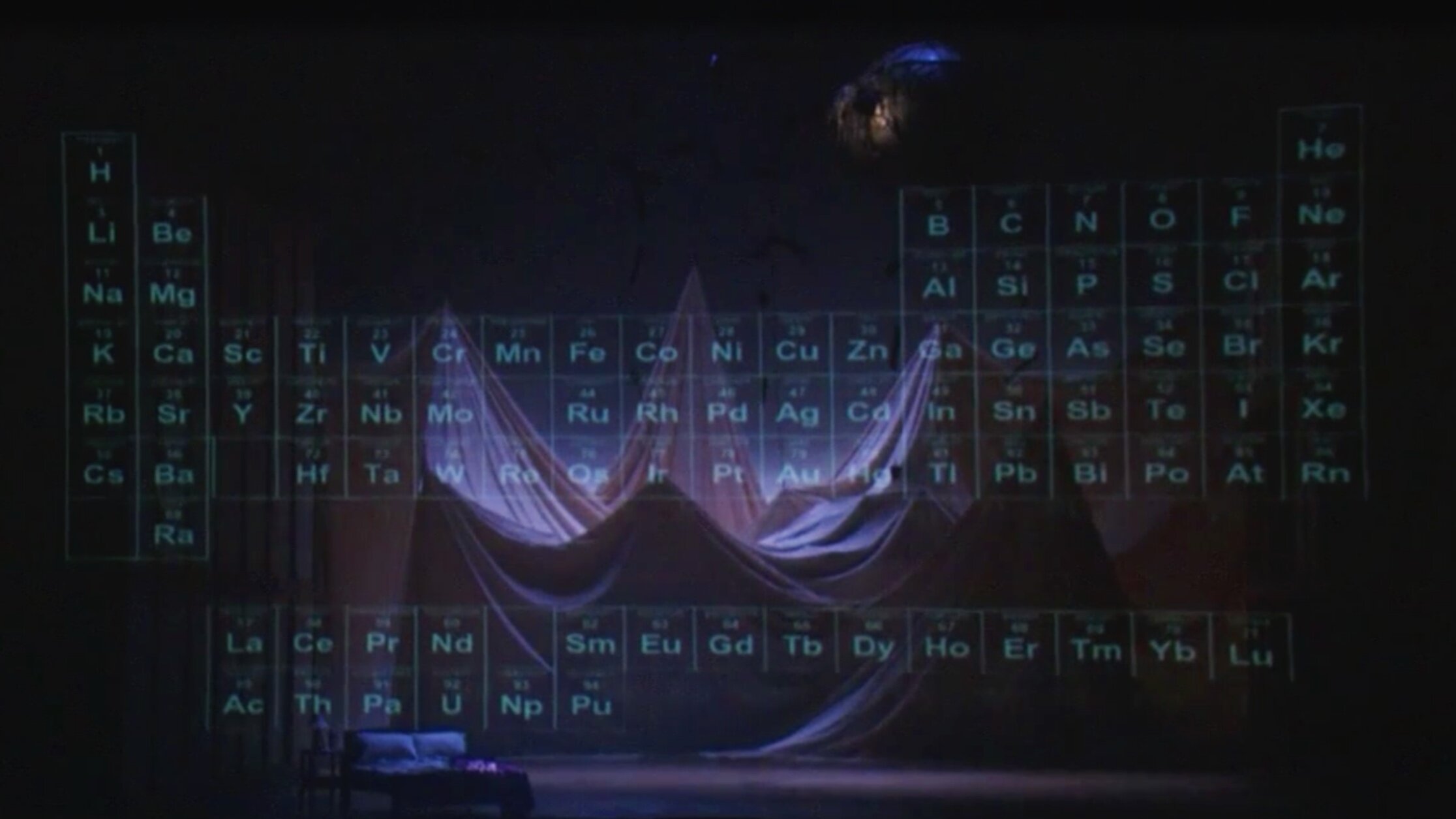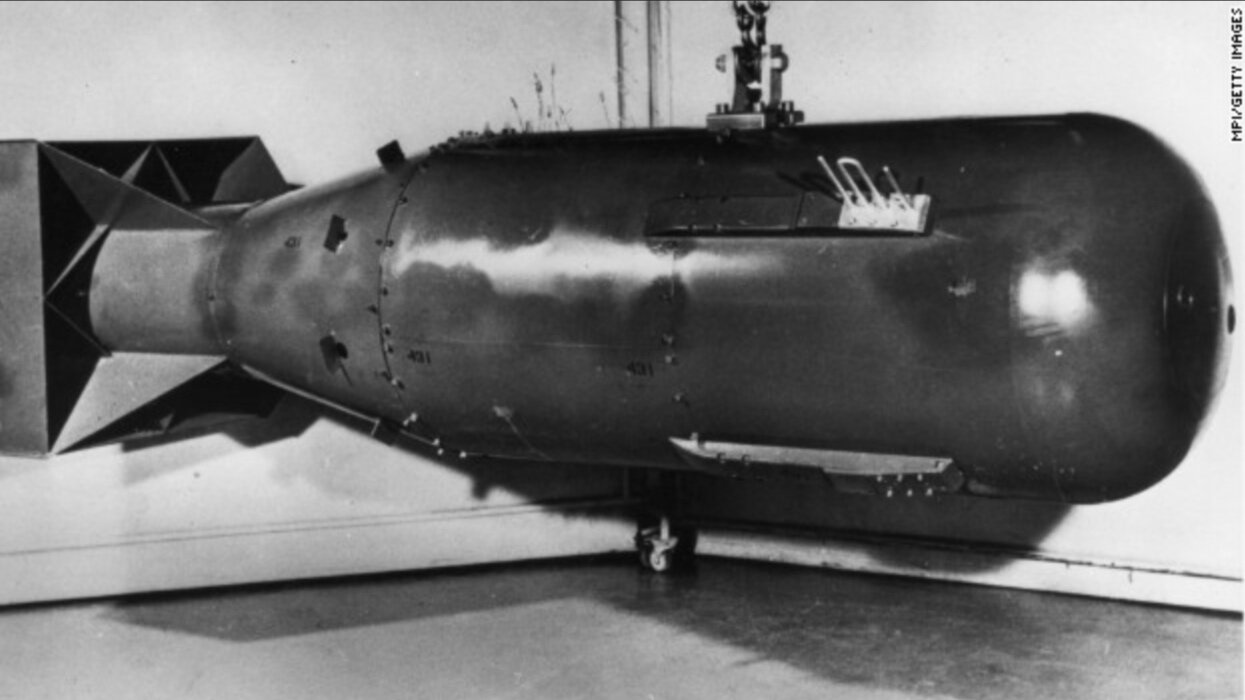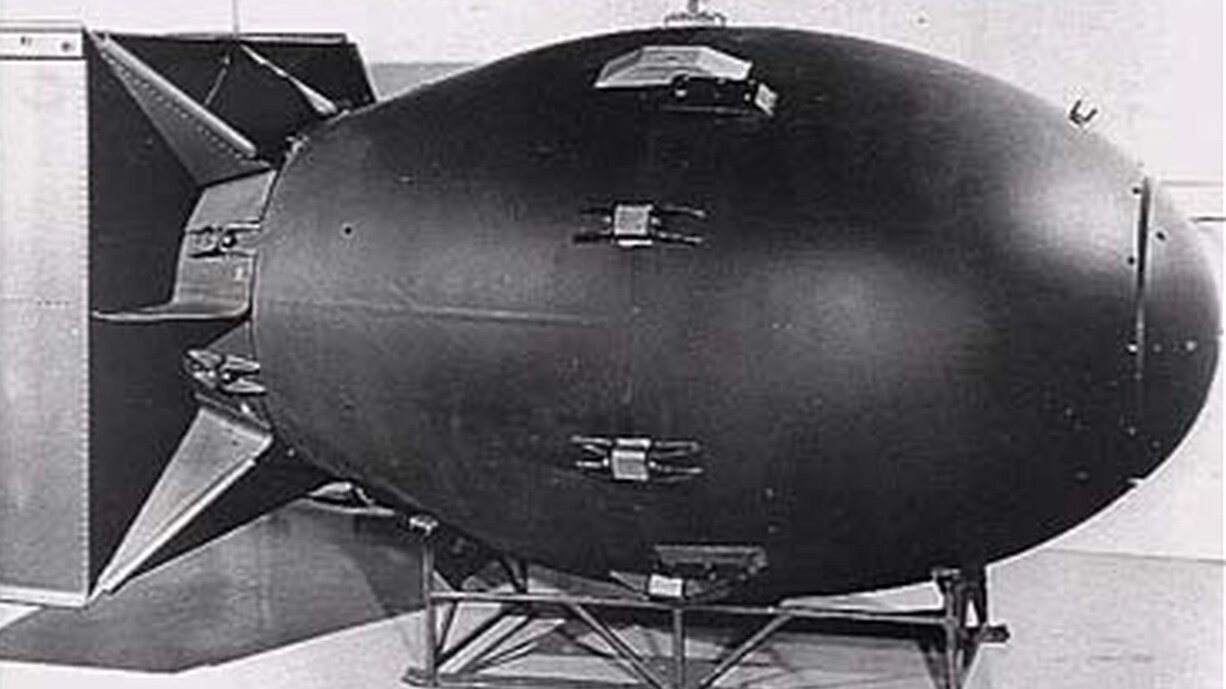The Art of Science in War: It’s All About Fission
After facing our greatest challenges, it is easier to say what one would have done in hindsight. We often need to breakdown the elements of the quandary to help us realize what our answer should’ve been in the first place.
The Metropolitan Opera produced composer John Adams’ Doctor Atomic in 2008. The history centers around physicist Julius Robert Oppenheimer Jr.’s leadership in developing the atomic bomb for the Manhattan Project. The artistic work focuses on personal anxiety from a month before to the day of the test of the world’s first nuclear weapon. Oppenheimer was battling with a military General, scientists, two US Presidents, and moral conflicts. The culmination and intertwining of scientific theories, experiments, war, and human principles is at the heart of Doctor Atomic. Akin to the physics of the Atomic-bombs he developed, ethical weight as a scientist was split within Dr. Oppenheimer.
“All the atomic bomb was, was a big bomb to end the war. And it did end it too!”
It’s History
The Manhattan Project was not the scientific start of the Atomic Age. Physicist Enrico Fermi put into play transuranium elements, such as Plutonium, 11 years before Hiroshima and Nagasaki. Just 6 years before the use of nuclear physics in warfare, physicists, including Lise Meitner, discovered and explained mechanistically that Uranium’s nucleus can be split (nuclear fission). This led renowned scientists Leo Szilárd and Albert Einstein to write to President Roosevelt urging him to fund nuclear weapons research. They opposed the use of nuclear weapons, but urged research on them due to fear that the Germans would do it first.
The United States called on its most prominent and loyal scientists to use nuclear physics in warfare (Figure 1). Scientists on the Manhattan Project, which spanned throughout the US including New York City and Chicago, had about 19 months to come up with a way to use Uranium or Plutonium for a bomb (Figure 6a). The final test prior to the military bombing was done in Los Alamos at a site called Trinity during the summer of 1945.
The bombs were used at the end of WWII and was a response to the attack on Pearl Harbor in December 1941- Japan bombed the US military base in Hawaii without diplomatically declaring war. Little Boy was dropped on Hiroshima on August 6th. Fat Man was dropped on Nagasaki on August 9th.
It’s Art
The poetry of war was not lost during WWII and incorporated in Doctor Atomic due to Oppenheimer’s influence. His penchant for poetry spanned from writing sonnets to learning Sanskrit in order to read The Bhagavad Gita.
Oppenheimer named Trinity after a poem by John Donne because of its relation to warfare and love. In "Batter my heart, three-person’d God", the subject is distressingly conflicted about being close to and also violating God’s message. They are waiting for God’s direction, but there is no response. The libretto is sang before the first test at the end of Act I to prepare Oppenheimer for what he will witness (Figure 2).
“Batter my heart, three person’d God; For you
As yet but knock, breathe, knock, breathe, knock, breathe
Shine, and seek to mend;
Batter my heart, three person’d God;
That I may rise, and stand, o’erthrow me, and bend
Your force, to break, blow, break, blow, break, blow
burn and make me new.”
Arjuna sets an example when the call to fight rings. Dr. Oppenheimer studied The Gita, which is a discussion in song form (Gita) about the morality of going to war. The reincarnation of God Vishnu, Krishna, advises warrior leader Arjuna about the call to duty. It is a righteous war despite warring with one’s cousins and causing destruction.
Right before the test bomb is detonated (Figure 4), the fear of what was created is on a countdown clock and they sang of The Gita:
“At the sight of this, your Shape stupendous, full of mouths and eyes … terrible with fangs … when I see you, Vishnu … with your mouths agape and flame-eyes staring—all my peace is gone; my heart is troubled.”
Little Uranium vs. Fat Plutonium
Both elements are actinides, unstable, and heavy (Figure 5a). Isotopes that are part of the whole element were produced to create the bombs (Figure 3).
Uranium is Element 92 on the Periodic Table and can be found in Earth’s rock and soil. Uranium isotope 235 was used for Little Boy due to its ability to sustain a fission chain reaction (Figure 5b). It is found in supernovae and was present during the creation of the Solar System. Only around 2% of U-235 detonated, which weighs less than one US dollar and is no bigger than a peppercorn.
Plutonium is Element 94 on the Periodic Table and is sparsely found on Earth. The Fat Man contained around 13 pounds of the isotope Plutonium-239, which has a half-life of around 24k years (Figure 5c). When the bomb dropped, it rose into the sky and spread across the Earth at around 40,000 feet.



The two bombs that were dropped on Japan at the beginning of August 1945 not only used physics to kill thousands of Earthlings and destroy Earth, but also changed Dr. Oppenheimer’s life. Uranium underwent fission to transform into a destructive energy, reacting explosively with massive energy to stop a war between countries (Figure 6b-e). Oppenheimer had a war within himself. He called on God and Arjuna to help decide which element of himself he wanted to act out. Theoretically, it could be done. Morally and ethically, should it have been done?
There is definitely a macabre beauty about nuclear reactions. A chain reaction created by fission highlights the nature of human-type animal aggression mixed with a strategic and concerted effort. A chain reaction started and maintained by fear. Fear of the reality of nuclear warfare was born from WWII and unleashed from The Manhattan Project so that it resides 75 years in its aftermath. We need not wait for asteroids destroy us when humans have taken their responsibility to bring supernovae energy onto Earth with atomic warfare.
Some STEMmers have and use a natural curiosity to put together the puzzle pieces of life. When the discoveries of these curiosities are used to destroy other humans, scientists question what was the fruit of their effort. Narrating scientific history through artistic expression has the ability to teach new generations of STEMmers the responsibility that comes with the power of discovering, creating, and using our resources.
After The Manhattan Project, Oppenheimer committed his feelings and actions to not use physics to fight wars. Evolving from a theoretical model to physical tool requires insight into what purpose it would serve. Oppenheimer was excluded from such military projects after his open opposition.





Fashionable $cience
with a drop of ethics
Interview With a $cientist
the life of scientists




















